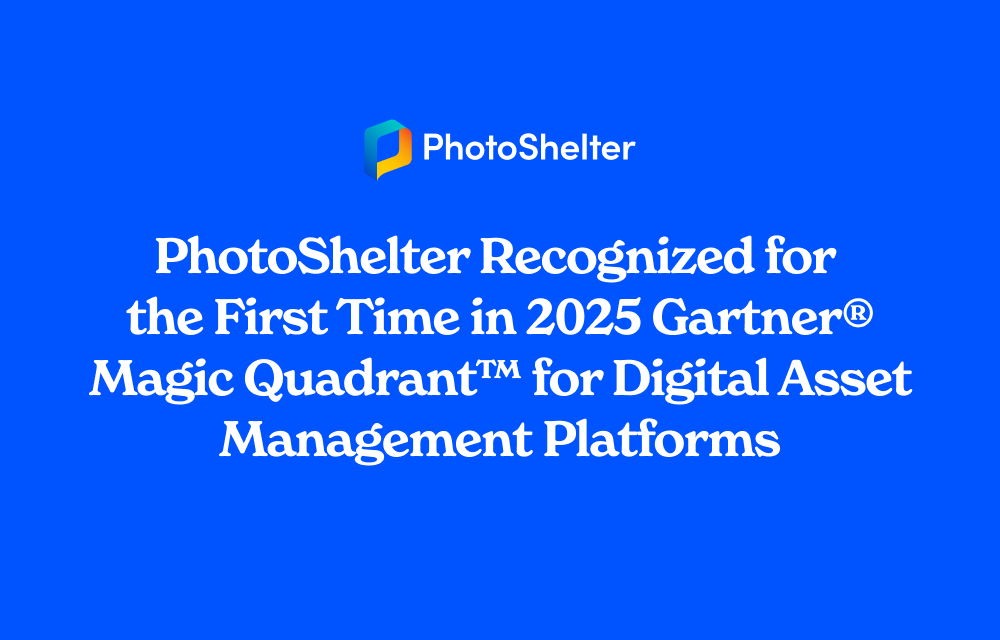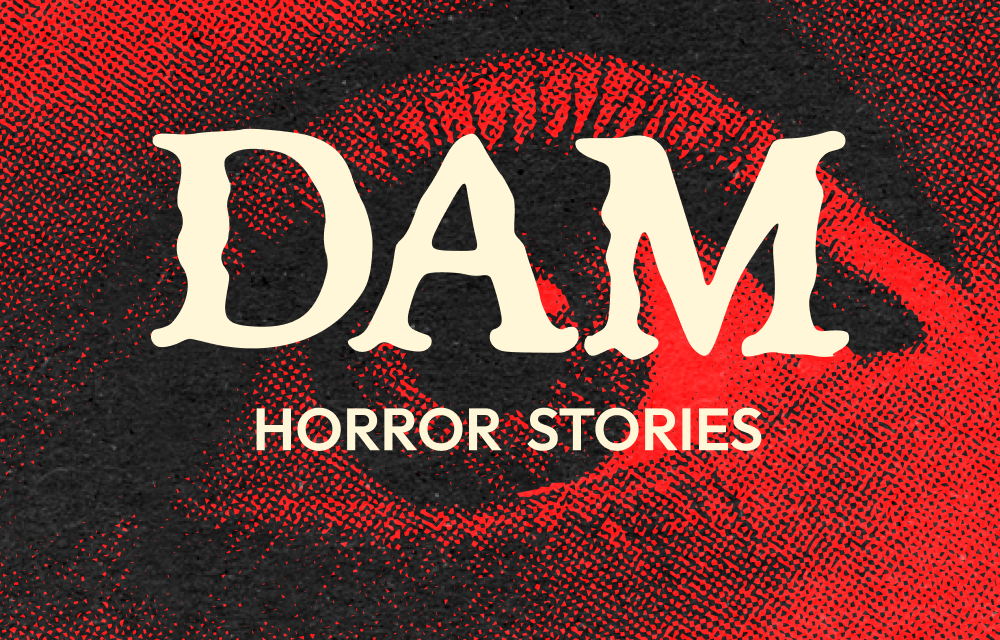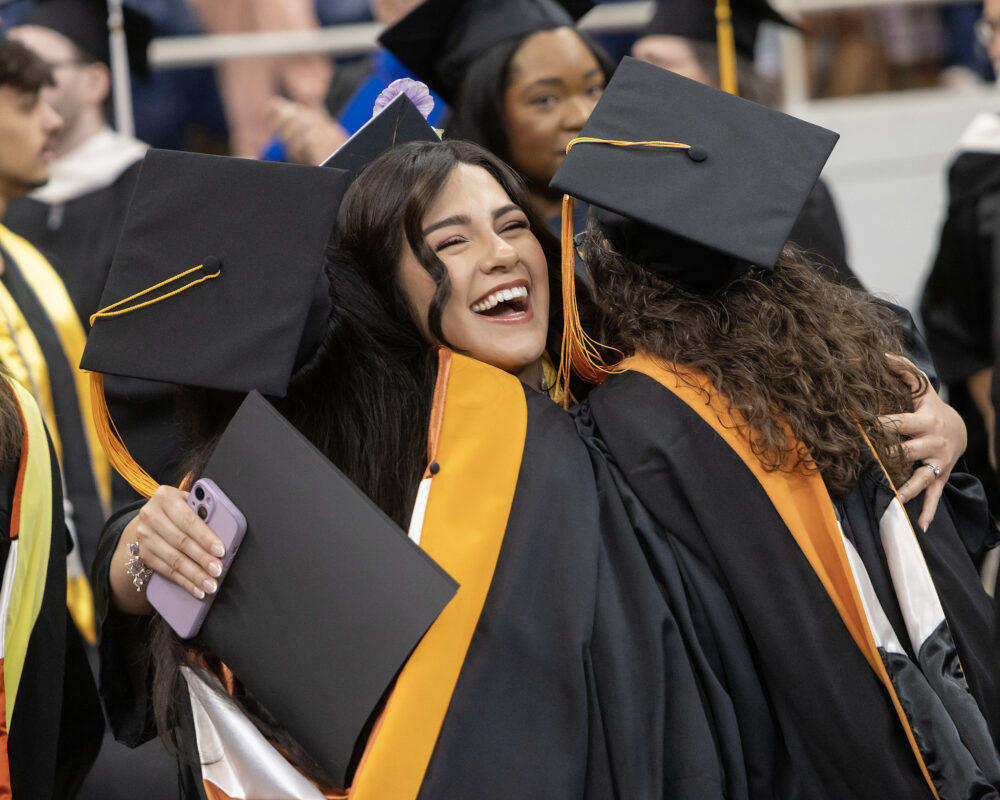Share
Q&A: FC Cincinnati’s Real-Time Game Day Workflow
We sat down with the creative team at FC Cincinnati to learn how they collaborate in real-time on game day to deliver scroll-stopping content.
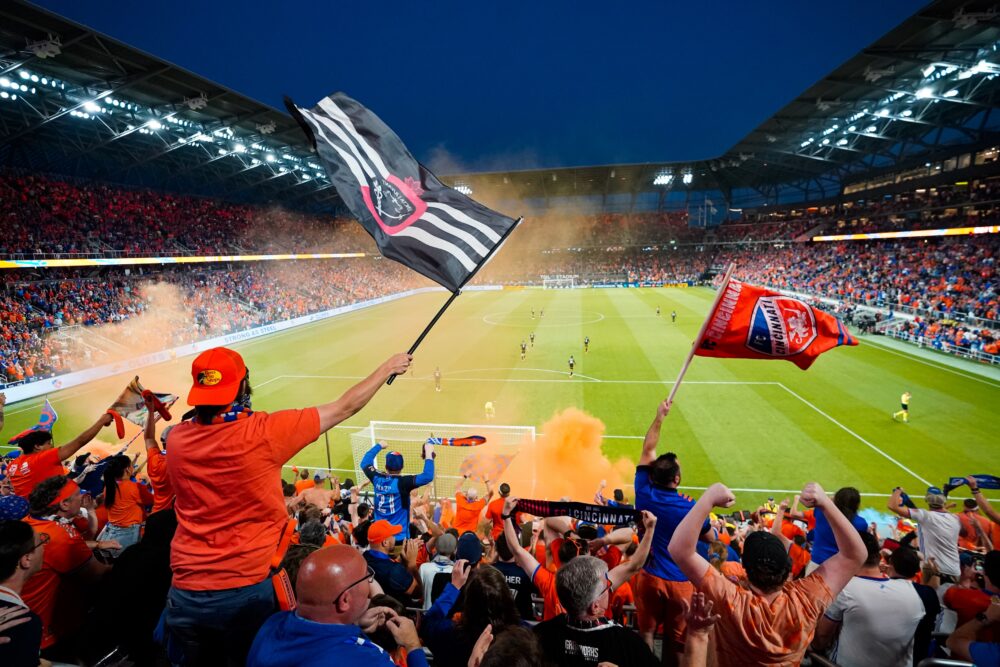
What goes into a winning game day workflow for Major League Soccer (MLS)?
We sat down Joseph Guzy, Director of Photography, and Cortney Lesovoy, Digital Asset Management Specialist, at FC Cincinnati to get an inside look at their creative process – a combination of epic photography, real-time delivery via FTP, and a lightning-fast edit from beyond the stands that delights fans every match.
Watch the on-demand webinar to get a detailed look at FC Cincinnati’s photography workflow and a quick overview of Cortney’s live editing process (including culling, tagging, retouching, and sharing a variety of game-day photos).
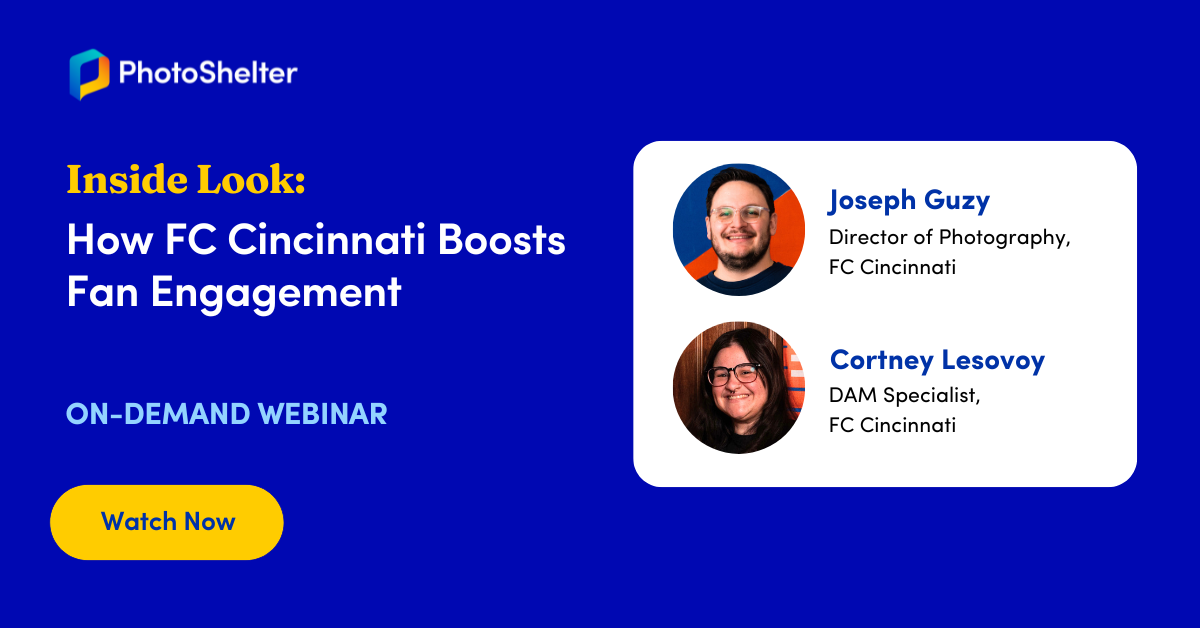
Scroll on to read through the full Q&A session below.
How long did it take to master your current workflow?
CL: Not everything is going to work the same for everybody. What I do may not be the right fit for everyone.
But you’re gonna go through this process, and it’s gonna be slow when you first learn it. There are going to be times when you get caught up in the process. The team scores five goals, and you have to deal with that and get photos to social. And there might not be time to even go through this workflow. So it’s about understanding that you have to be adaptable.
And it’s really quality over the quantity of time it takes. For me, the biggest thing I had to learn was how to crop photos first. That’s why I’m so passionate about it and why I post about it all the time.
“It just becomes a learning process – understanding why you’re doing each step in the order that you’re doing it, and then prioritizing what needs to be prioritized. But it’s also understanding that the quality of the photos that I’m giving people matters more than the time it takes for those photos to get to them. So it’s just about patience, and learning what works for you.”
Cortney Lesovoy, Digital Asset Management Specialist, FC Cincinnati
Joe, are you and the photographers making image selections as you’re shooting, or you’re just passing everything along?
JG: We are making selections in camera… But for a celebration, we’ll send 30-50. I know that, in the moment, taking more time to slowly go through images on the back of the camera isn’t always an option. If there’s a sequence where the lighting is good, the reaction is strong, and bodies aren’t turned away or looking weird… I’m probably going to send it right away, especially during important moments.
But for more of the stock action stuff, I can quickly see on the back of the camera if something just isn’t going to work.
So we are all making selections on the back of the camera. Cortney’s not getting the stream of our full cards, but it still does end up being a lot when you factor in some of the moments where we’re sticking a camera out there and hoping for the best. At some point in the match, there’s always a good chunk of spray and pray that we have to go through.
We just trust her that if she is just holding down an arrow key on her screen, she’s gonna get through it and find the best one a lot quicker.
CL: To add to that, I don’t want their ten thousand photos that they take every match. But, I would rather you send me more photos than fewer photos because I can see the perfect moment better on a big screen. And that’s something that’s reiterated to our freelancers, too. I always want more photos in your sequence than you think you’re gonna need to send to me.
Can you talk a bit about how you’re collaborating with designers and social media managers once you’ve gotten through your workflow?
CL: During the match, I sit next to our graphic design manager, and we’re always communicating back and forth about what we should pull for the halftime graphic, and if we’re gonna win, a full-time graphic. That’s the very best photo of the game. If she has other graphics to make, like debut graphics, I’m always pulling images for her so she can make those. If we’re in a tournament and we advance a round, I’m working closely with them, too.
For our graphics team, whenever I send them photos, they’re uncropped so they can do whatever they want with them. I just make sure the horizon is straight. Then, we collaborate to make sure everything looks good.
As for social, they request things from me throughout the match as well. I’ll give them around three to six photos per half depending on if we score goals, if we don’t, etc.
We are always in communication with our staff writer and our comms team, too.

Let’s talk more about gear.
JG: We’re all using Sony A1s on the team, but two of our three main freelancers shoot Sony, and we do have a freelancer that uses Nikon.
In that case, if it’s a different camera provider, in our photo guidelines, we make sure to say that we will happily take the maximum quality JPEG you’re able to send.
CL: I also wanna reiterate… At the beginning of every match, I always ask our photographers to reset their clocks to the atomic clock. When I go to make a match gallery, I need to be able to see how things happened in order because there are so many different perspectives. If those clocks are not synced up, everything’s out of order, and it makes it so much harder for me to figure out what moments happened first. So that’s a really important tidbit as well.
I’d love to learn more about your origin stories. How did each of you get into this industry, and what about it interested you in the first place?
JG: I went to school to be a sportswriter. Unfortunately, everyone else at my school at Duquesne University, right across the street from the Pittsburgh Penguins Stadium, also wanted to be a sportswriter.
I went to an open house at the school paper, and the photo editor heard that I wanted to write about sports. He asked if I wanted to take pictures of sports. My parents had sent me off to college with an entry-level DSLR, so I just started picking it up.
In the back of my mind, I still thought I was gonna be a sports writer, but while I had a writing internship with the Penguins, I caught myself looking down at everybody taking pictures of the game, wondering what they were doing and what their jobs were like.
During my senior year, I got an internship for photography with the Pittsburgh Pirates, which is actually where this workflow madness started. We were not only going through how to do things on a game day but also organizing a hundred years of Pittsburgh Pirates history for one of the oldest teams in the league. So we were going through and scanning old film stuff, old negatives, and dusty folders of people’s Polaroids that probably came out of someone’s closet.
And that’s where this really started. It was with my boss, Dave Arrigo. That was part of my internship duty, figuring out how we could make this all work. As the years went on, we built on this workflow more, and more and more.
Then I got my first full-time job with the Marlins coming out of that. As you saw, the workflow just developed, and I saw a really good chance to take a career move here to MLS, and the rest is history.
Tonight, I will shoot my last game for the Miami Marlins and close the book on my seven year run in baseball. pic.twitter.com/Zvz0M62pcT
— Joseph Guzy (@JosephGuzy) August 31, 2022
CL: For me, my entire life growing up, I was really into sports. I would always watch them with my dad. I played soccer my whole life. So, this is kind of full circle for me.
In high school, I was actually playing in a tournament and tore three ligaments in my ankle and picked up a camera. So, I decided to take pictures of my team. And that kind of carried with me through college.
Still, I went for my first year in communications. I wanted to be a sports announcer. I joined my school newspaper, and I was a sports writer.
I played soccer again during that time and wanted to continue taking photos. I would go out to all of the men’s soccer games, the baseball games, the rugby games. And I became the sports editor of my paper. I loved shooting photos so much that I finally became the photo editor. I was the design manager at some point, too.
It was a lot of school paper stuff, and I also used to shoot music and concert photography. I had a dream of being a music photographer at some point, so I shot a lot of big bands and musicians, which was awesome. But once I graduated college, I really wanted to get back into sports.
COVID-19 hit, and I had to move back home. I started freelancing for some people here and there, the NCAA, United Youth Football League in Florida, and Minor League Baseball. While I was working, I reached out to Jon Willey, who was in Pittsburgh at the time at the Pirates. And we sat down together. I started asking him a bunch of questions, and we went through my portfolio a number of times. I still talk to him to this day.
After posting one of the photos on Instagram, Joe reached out to me. It was when he was working for the Marlins at the time, and he asked if I wanted to freelance for him one day. I only freelanced for him shortly in Miami, and then I picked up a gig and moved out west in a matter of two weeks to intern at Real Salt Lake. And I was only there for six months because I got there in the middle of the season.
Then, Joe got the job here at FC Cincinnati. I messaged him and told him I was thinking about applying for the digital asset management job. And here I am, working for him again. It’s been very full circle. And that’s my story.
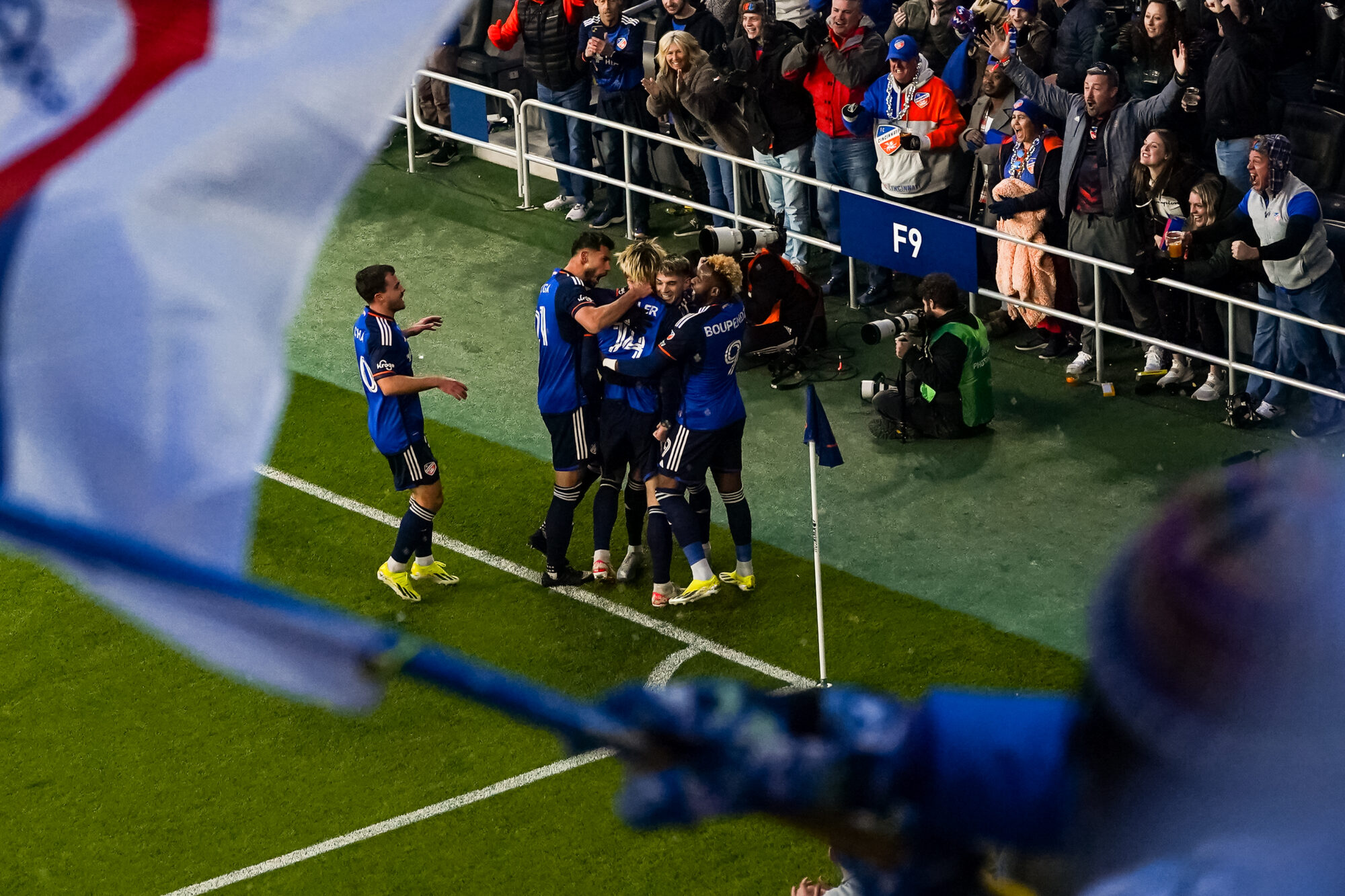
How many club photographers travel for match days? Can you talk a bit about traveling with the team and doing this workflow elsewhere?
JG: Yeah. So just one photographer will travel with the club for a regular season match. If we get to the semifinal, conference final, or final, we start traveling too.
Cortney has the luxury of doing this remotely when we’re on the road, so she can kick it on her couch and just go through the game that way. It does make it a little bit easier on her when we’re just traveling with one photographer.
But, some of the struggles are there. Not every stadium is set up the same way ours is, with eight different places you can drop a photo. Some that we really enjoy traveling to have a similar amount of drop points. The ones that we don’t like as much, we’re probably struggling with a hotspot on a phone or using a laptop as a hotspot.
I have come up with every different way I could possibly send a photo from a camera, whether it’s via phone, plugging in my camera to the laptop as a hotspot, or doing whatever I can to get something up to the social team.
We even have a spreadsheet that outlines which stadium has Ethernet, if it has Ethernet ports, then how many and where are they? If it doesn’t, does it have WiFi? If it doesn’t have good WiFi, does the hotspot work there? And if the hotspot doesn’t work there, what’s the backup plan?
CL: I would say more often than not, whoever’s traveling is not sending me their full take during the game because there are a lot of stadiums where we just don’t have the Internet to do that. So they will upload all their selects when they get home, and then the next morning, I will go through and edit.
How are fans reacting to this workflow, the content, and all of the photos that you share?
CL: I have a special place in my heart for the fans because we all grew up as sports fans – most people working in sports. When I started at Real Salt Lake and interned there, I was strictly shooting supporters. So I got to know them and got really close with them. Then I came here, and I just love supporter culture. The fans are the backbone of the club.
“The fans really appreciate what we do. They know who we are. And we appreciate that more than we can ever say. They’re actually interested in our processes and all of the things we do. I personally wouldn’t be here without them, and this club wouldn’t be here without them, so they are at the forefront of my mind in everything I do.”
Cortney Lesovoy, Digital Asset Management Specialist, FC Cincinnati
JG: Yeah. It’s something we take notice of when they like something we make or say something online. We have a ton of creative supporters, too, that do a bunch of different stuff with our content. So it’s always neat to see how they react, what they latch onto, and what they love.
CL: There are always certain pictures that we’ll see during a game that I choose to post in our match gallery because I know it’ll become a meme for our supporters. And I think it’s the greatest thing. I very much lean into that.
If you could share one piece of advice for aspiring or fellow sports creatives, what would it be?
JG: Just be a good person. It’s just saying hi, telling people your name, and introducing yourself goes a really long way. We all like to work with really nice people. I like to hire and freelance out really nice people.
You can be the best shooter, but if you’re not talking to people, they don’t know your name, and you’re not fun to work with, then it’s gonna be really hard to find people that want to work with you. So, honestly, being a good person and just being personable and outgoing enough to have a conversation goes an incredibly long way.
CL: I’ll always come back to just asking questions, getting into the DMs of the people who have this knowledge and these resources. Sometimes, you may not like what they say. For a photographer, they might say, “Just keep shooting.” And sometimes that’s not what you wanna hear.
I wish more people would share the post-production process. Because there’s so much that goes into making a photo. So reach out and ask people about that. Make those connections.
I also want to reiterate something that Joe told me when I was freaking out in the press box during my first match here…
“We’re not curing cancer. This is not life or death. Yes, we need to work hard. But at the end of the day, we’re shooting guys who kick balls. And sometimes you just gotta keep that in mind to have a solid work-life balance.”
Cortney Lesovoy, Digital Asset Management Specialist, FC Cincinnati

